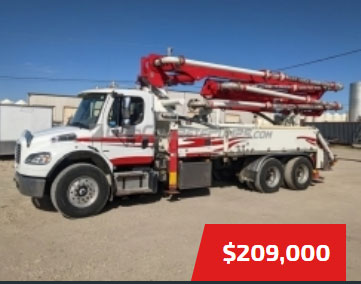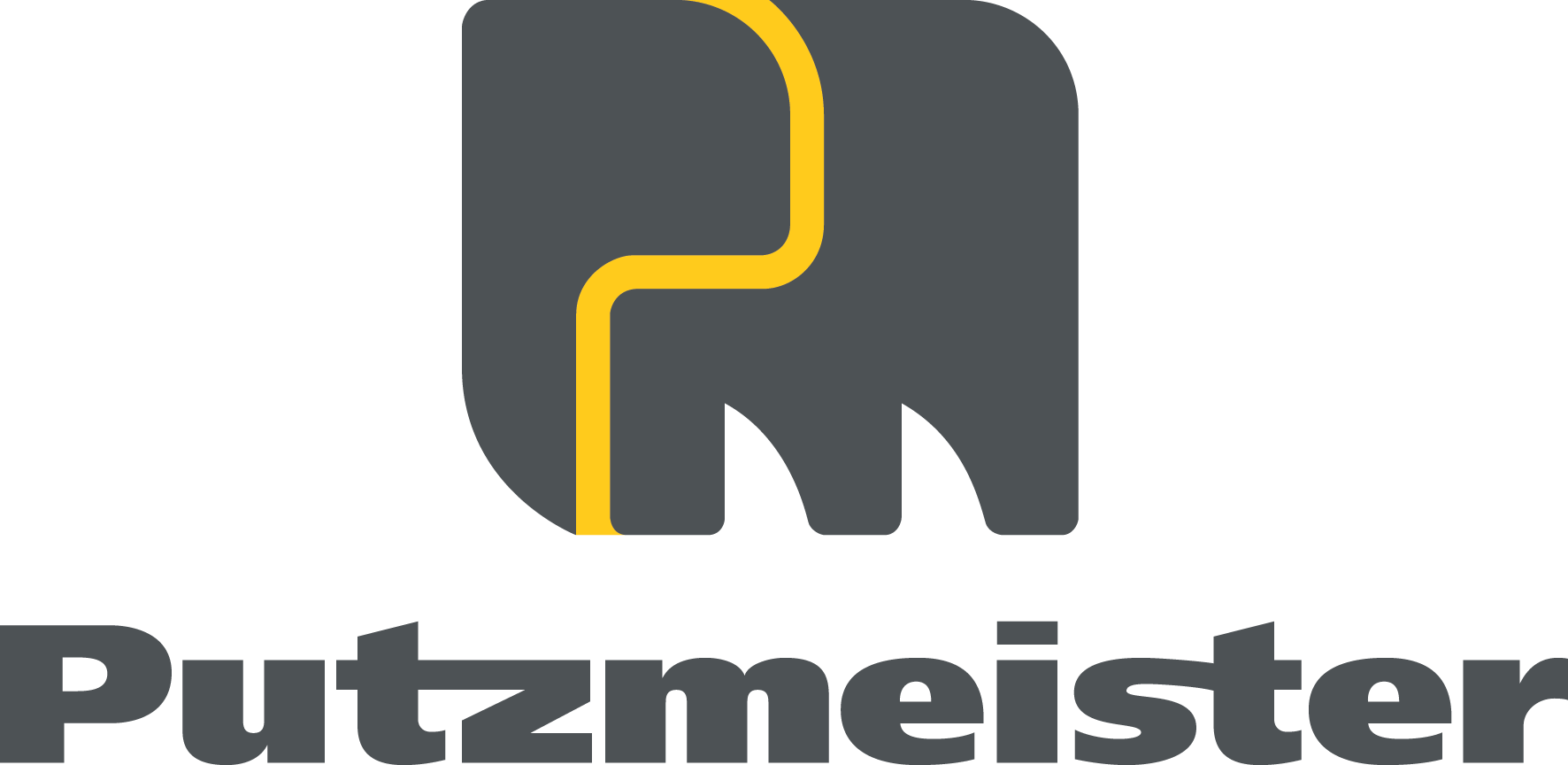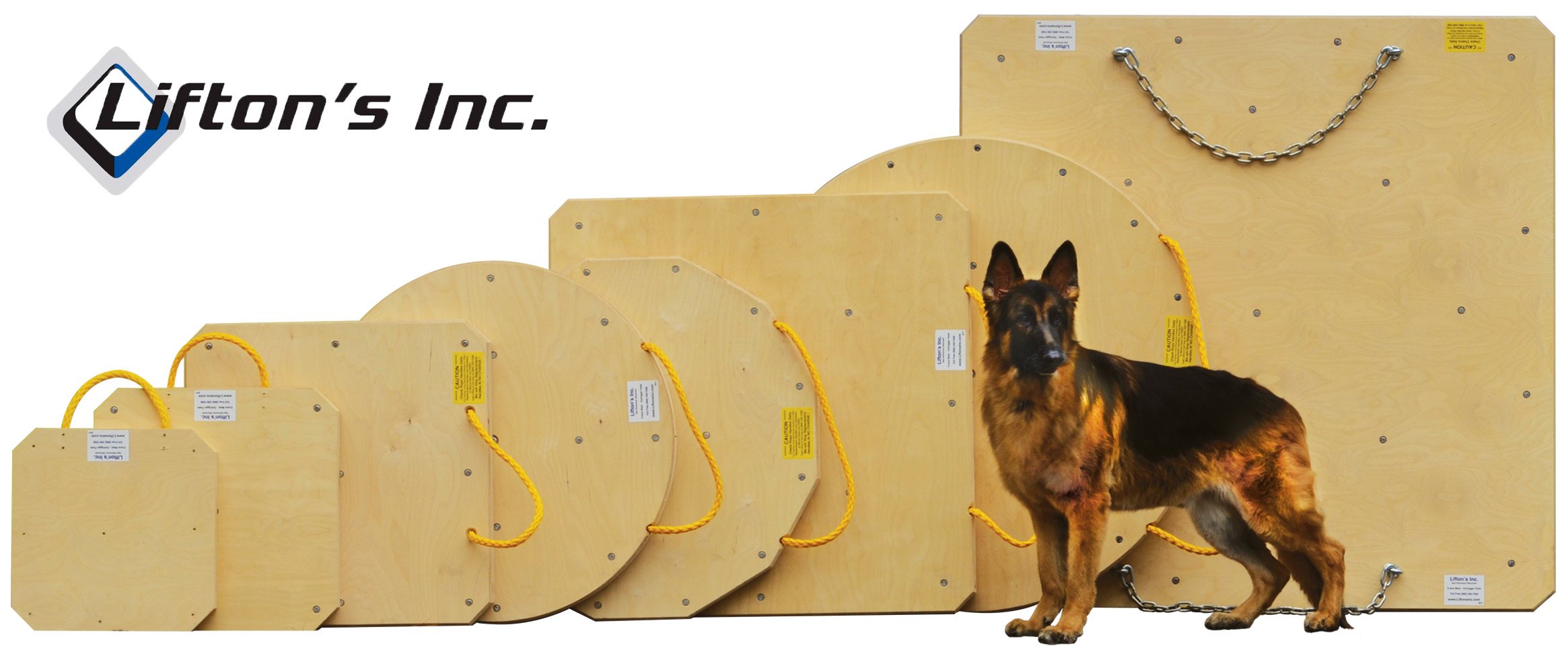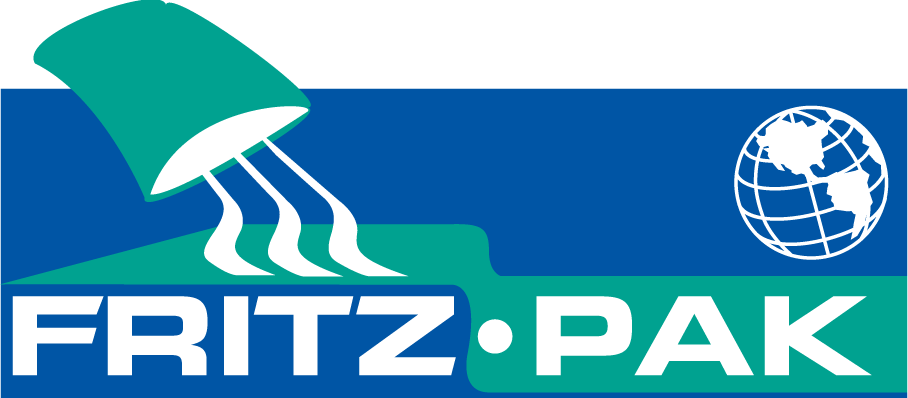Squaw Valley USA Booms Again June 2002
Squaw Valley USA, home of the 1960 Winter Olympics, is now making room for the 22-station Squaw Valley ski resort. Encompassing approximately an acre, this elite and huge resort features three-story condo units, with prices ranging from $500,000 up to $1.5 million each. Plus, two-story parking and several specialty retail stores are at ground level on the site.
However, unlike the late 1950s when the area prepared for the Winter Games, this construction job is benefiting from substantial time and labor savings due to the latest in pumping technology. The new technology is represented by the Putzmeister 58-Meter — the largest boom pump in North America.
Recently introduced as the concrete boom pump with the longest reaching boom and highest output in North America, the Putzmeister 58 brought several advanced features to pumping this $20 million job both fast and efficiently. In particular, the site was plagued by a high altitude, tough job site access, and the need for excessive reach to pump its slabs, columns and shear walls.
Squaw Valley USA boasts more than 4,000 acres of skiable terrain spread over six peaks with about 450 inches of snow annually. However, these site and weather conditions did not hinder Amako, the general contractor and its team of people and equipment from working on a daily basis.
Pumping in rain, snow and cold Since the Putzmeister 58-Meter hit Acme Concrete Pumping's yard in late October, it has been on the Squaw Valley job every day, even if for only a few hours. According to Jerry Kiger, general manager at Acme, "We pump in the rain, in cold zero-degree temps and even on snowy days. We just scoop the snow off and start the pour."
Acme takes its boom pump 1-1/2 hours each way from its Reno, Nev., facility over the border to the California job site. And it does so without problems at the highway scales. That's because the six-axle Putzmeister 58-Meter (even when loaded with water, fuel and outrigger pads) features a legal weight distribution compliant with California road standards, which are the toughest in the nation.
Squaw Valley is 8,500 feet above sea level and normally this would prove problematic, as equipment tends to run differently at high altitudes. For instance, it is estimated that for every 3,000 feet, equipment can lose up to 10 percent of its horsepower. However, the 58-Meter with its 460-horsepower Mack engine, had plenty of power, so no difference in performance was noted.
Plus, although the unit's powerful .20H pump cell is capable of attaining up to 260 yards an hour, only 150 yards an hour was needed. That's because TNT Redi-Mix of Truckee, Calif., couldn't logistically batch the lightweight 5,000 -pound, 3/4-inch concrete mix fast enough.
Handling Tough Job Site Access Access on-site was difficult when pumping in various areas, especially during ski season. The unit's compact rear outriggers at only 34 feet 3 inches were fully deployed into several tight and oddly defined spots, often with only inches to spare.
Acme's Jerry Kiger said, "Only the compact outrigger spread of the Putzmeister 58 could have set up in the tight areas on this site and still provide the long reach."
According to the manufacturer, the Putzmeister 58-Meter features a total outrigger spread of only 130 square yards, which is a 10 percent less overall footprint compared to anything else in its class.
To access some areas at Squaw Valley would have been nearly impossible without the long 174-foot horizontal and 188-foot vertical reach of the 58-Meter. The unit's long reach helped avoid added labor costs, wasted time and the potential for injury when dragging hoses.
Oftentimes a slab, column or shear wall for the Squaw Valley project were done on the same day but at different times. This would require moving the large pump from one area to the next. Fortunately, this was both quick and easy, as the 58-Meter sets up quickly. As this speed was of great importance to Amako, it sold them on using the 58-Meter for all pumping when possible at this site.
"Most requested unit in our fleet" Kiger noted that "Every time a boom pump is moved, it costs money. That's why our Putzmeister 58-Meter is the most requested unit in our fleet. It doesn't need to be moved as often because of its long reach. But when it does move, the setup is extremely fast - even faster than some of our smaller pumps."
He added, "This Putzmeister unit is also extremely smooth, versatile and practical to have in our fleet. With it, we can get up to three different pours done in a day, that includes Squaw Valley plus two other jobs."
Acme's 58-Meter operator David Taylor agreed and added, "I use every bit of the 58-Meter boom 99 percent of the time. And when conditions allow me to set up just right, I can pour 35,000 square feet of slab without ever moving. It's a great machine to operate."
When the Squaw Valley project is fully completed in 2003, more than 100,000 yards of concrete will have been pumped by Acme.
Squaw Valley opened in 1949 with one chair lift, a rope tow and a lodge. In a surprising turn of events, it was named the host of the 1960 Winter Olympics. As a result, workers built a venue worthy of the VIII Olympics. Notable technological achievements of this 1960 event included it being the first Games to be televised and use a computer to tabulate results.
Today, Squaw Valley is one of the world's premier destination resorts with year-round recreation and first-class accommodations, the most recent one benefiting from the latest in concrete pumping technology.
JOB SPECS: General contractor: Amako - Reno, Nev. Pumping contractor: Acme Concrete Pumping - Reno, Nev. Ready-mix supplier: TNT Redi-Mix - Truckee, Calif. Equipment: Putzmeister 58-Meter truck-mounted concrete boom pump





















.jpg)
.gif)

.jpg)









.jpg)








